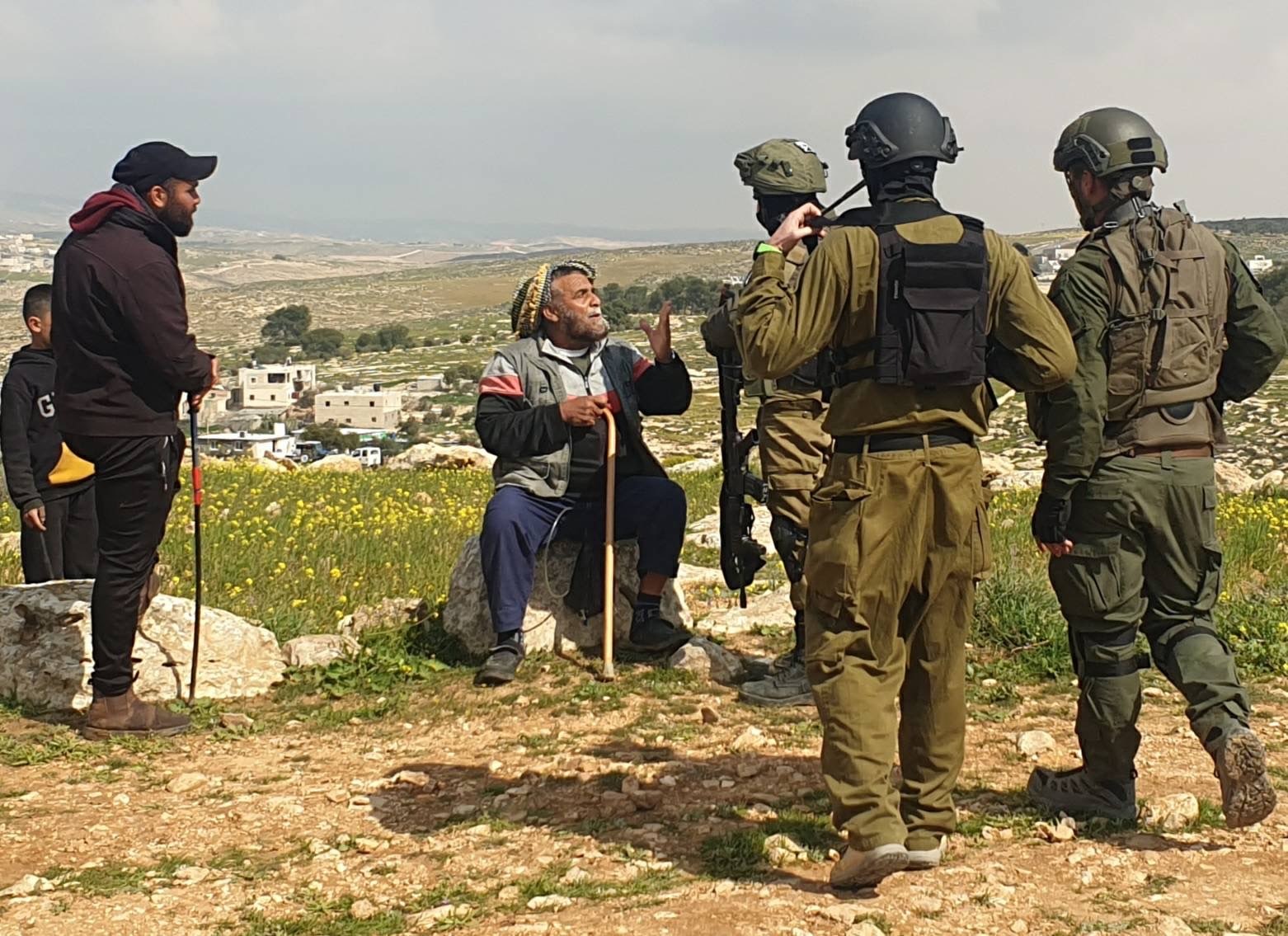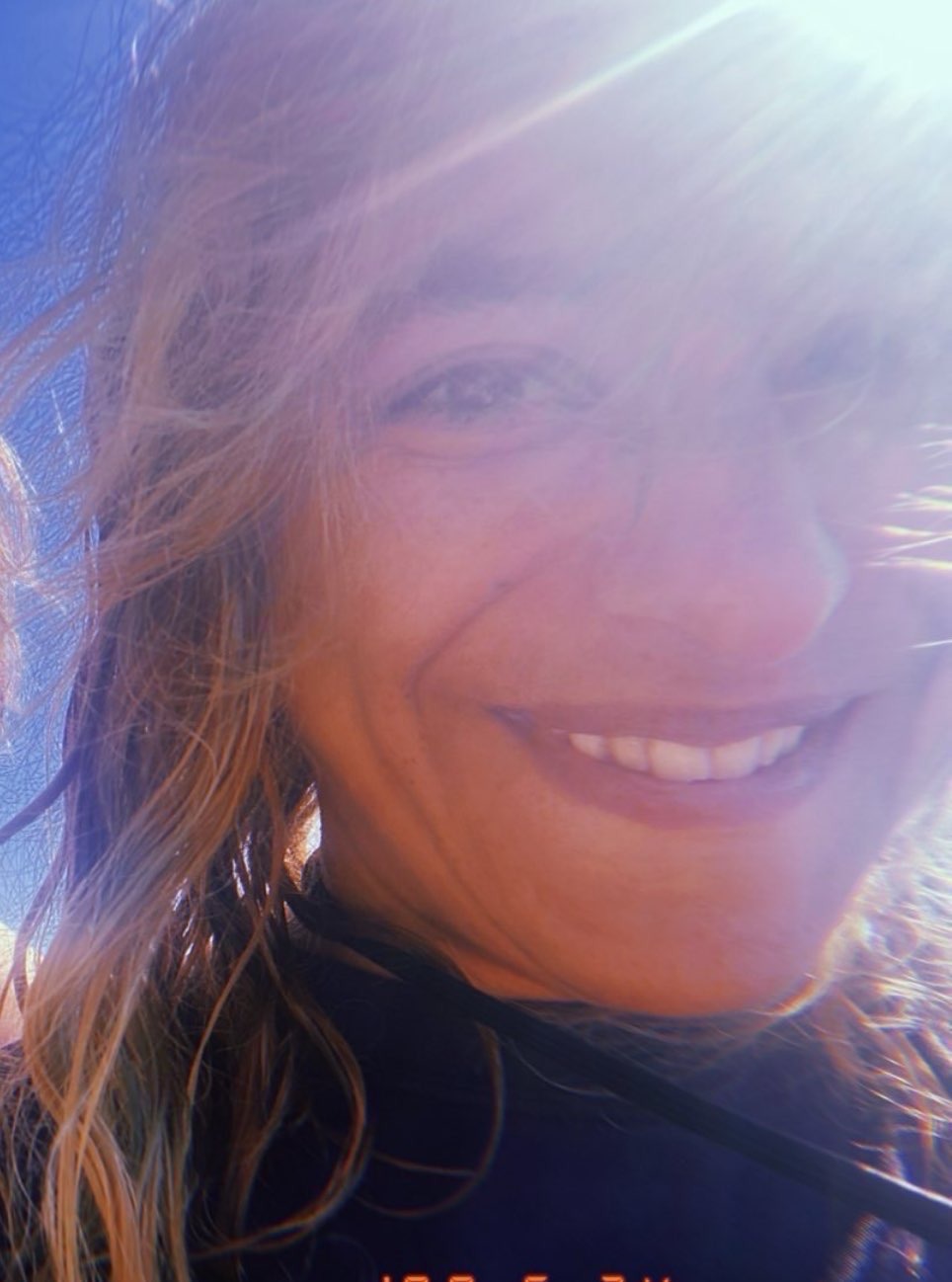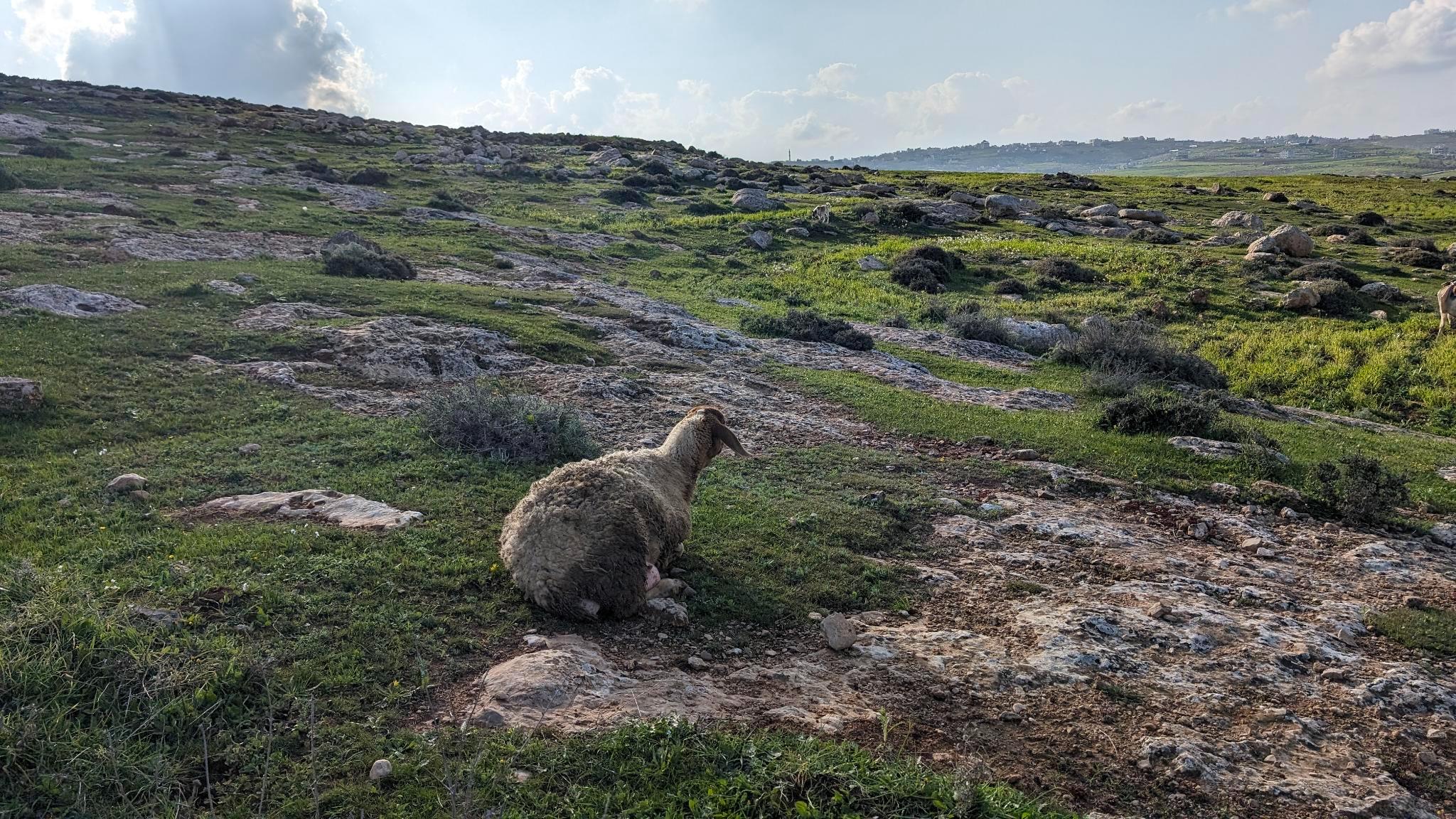-

More Attacks on Shepherds in Masafer Yatta
24 February 2024 | International Solidarity Movement | Masafer Yatta On Wednesday, February 21st, a group of armed and masked settlers and occupation army soldiers violently attacked a group of Palestinian women, children and men grazing their sheep in Humra close to A-Tuwani, in Masafer Yatta. The soldiers aggressively drove the shepherds out of their […]
-

Swedish Human Rights Defender on Hunger Strike after Denied Entry and Detained by Israeli Authorities
23 February 2024 | International Solidarity Movement | Tel Aviv Tel Aviv, February 21, 2024 – Israeli authorities at Tel Aviv’s Ben Gurion airport have denied entry to a Swedish foreign national and Palestinian human rights defender arbitrarily citing “Public security or public safety or public order considerations”. Samira Khoshbakht, 42, a textile artist and craft […]
-

Illegal Settlers Attack Shepherding family in Masafer Yatta
21 February 2024 | International Solidarity Movement | Masafer Yatta On Tuesday, February 20th, armed illegal Israeli settlers attacked a shepherding family and their sheep near the villages of Al Jawaya and Tuwani, in Masafer Yatta. The settlers reportedly let their dog loose on the sheep, injuring three, discharged a weapon, and hit a child. […]
Action Alert An Nabi Saleh Apartheid Wall Arrests BDS Bethlehem Bil'in Cast Lead Demonstration Denial of Entry Ethnic Cleansing Farmers Gaza Global Actions Hebron House Demolition International law Israeli Army Jerusalem Live Ammunition Nablus Ni'lin Prisoner Ramallah Rubber-coated steel bullets Settlement Settlers Settler violence Tear-Gas Canister Video
